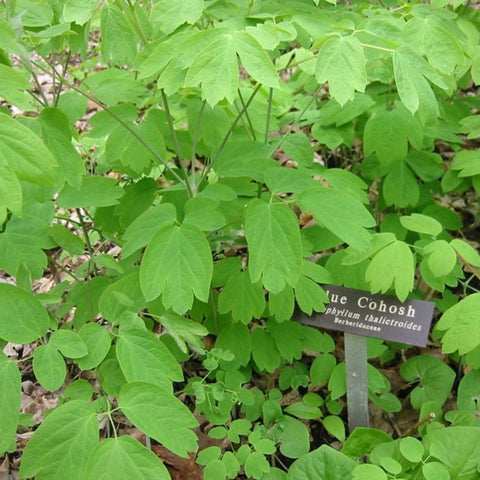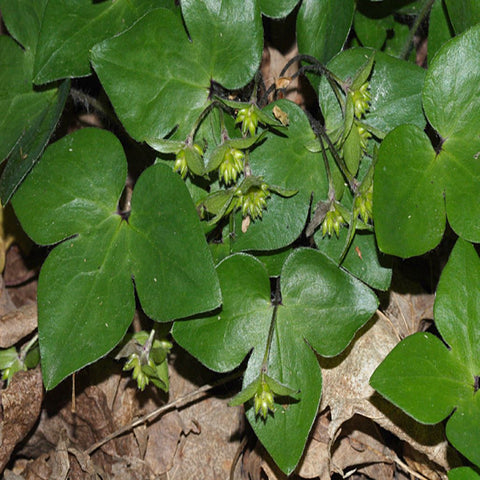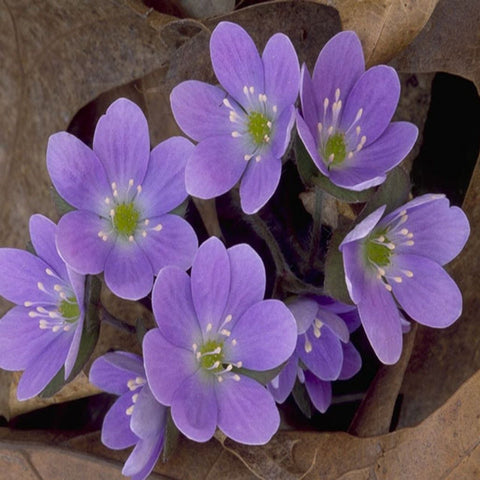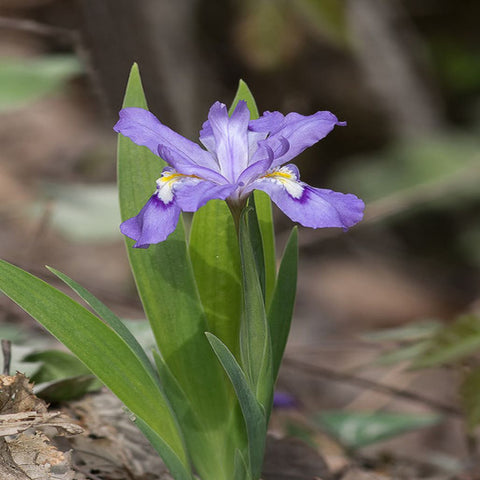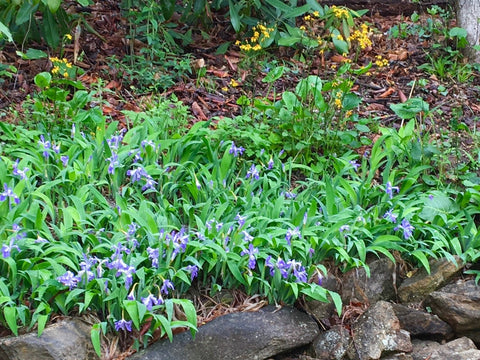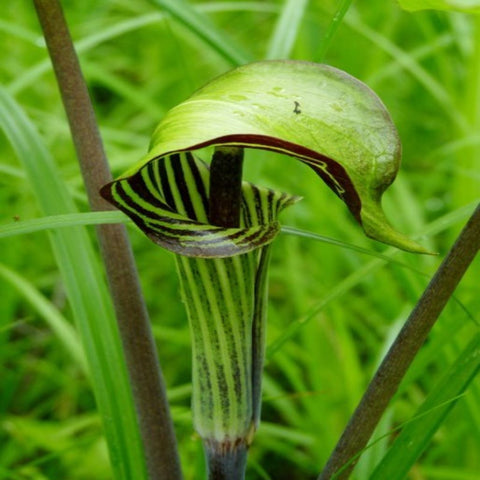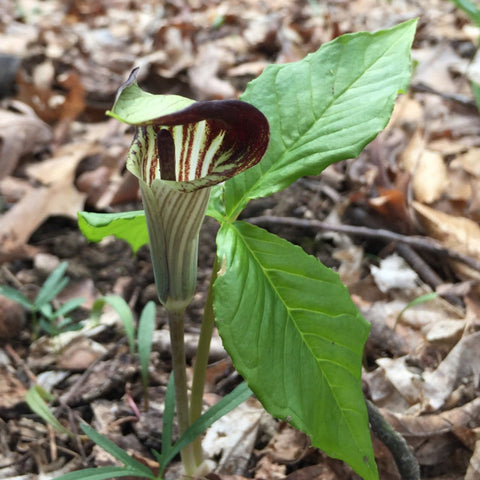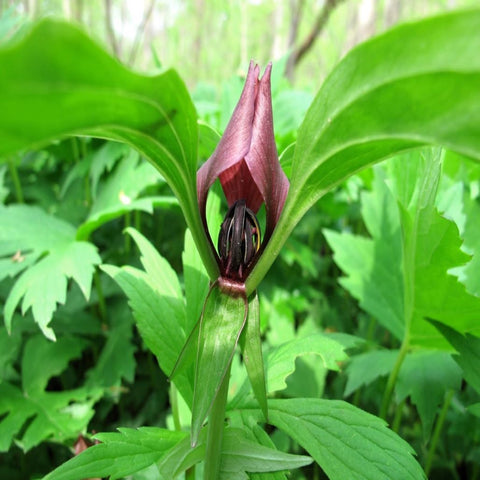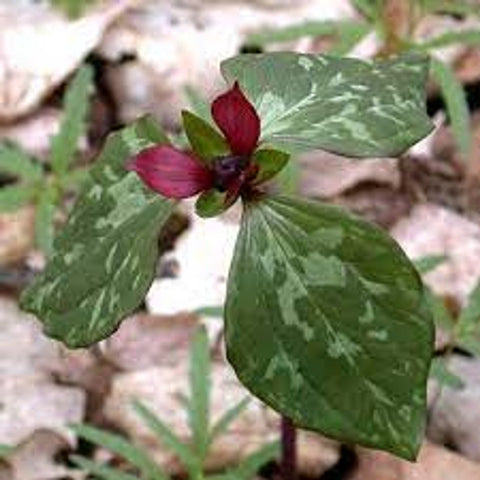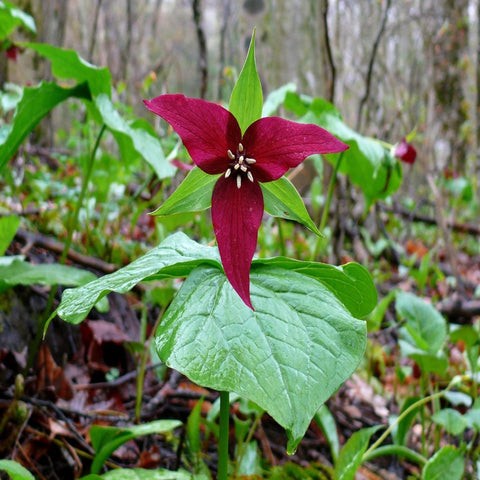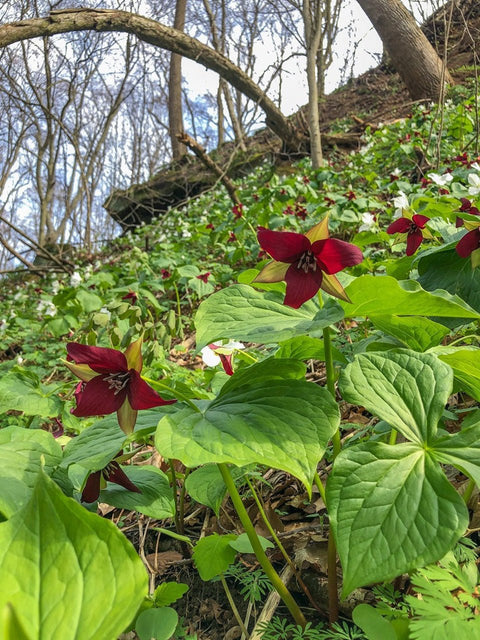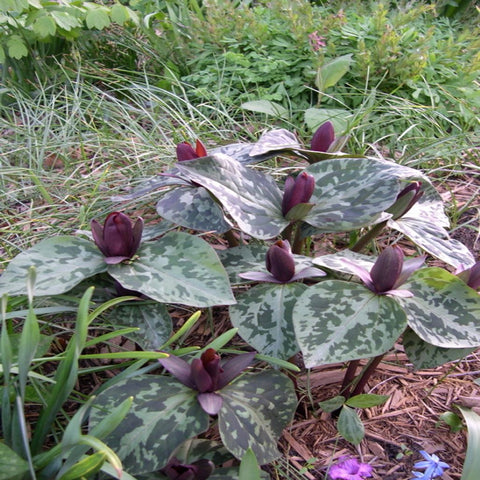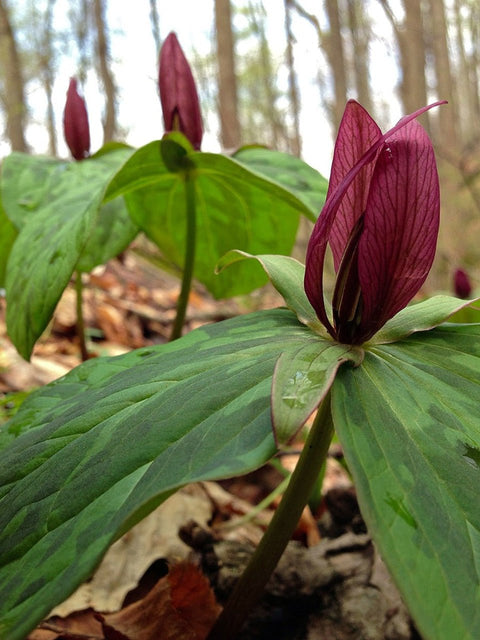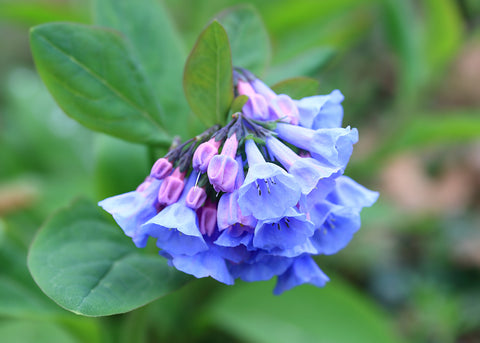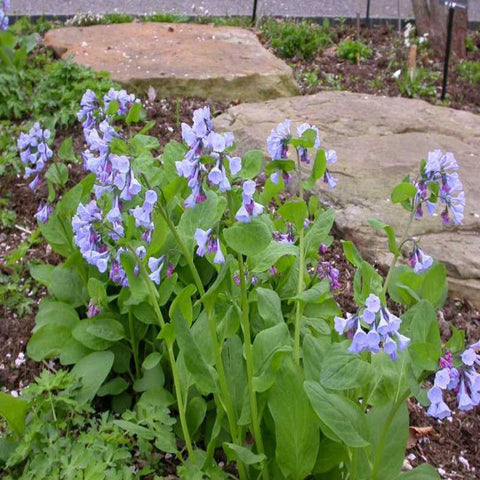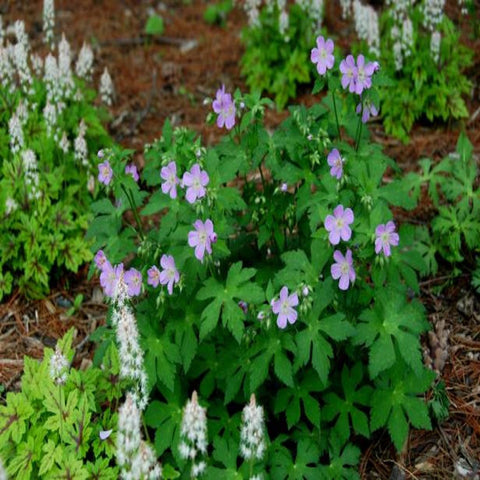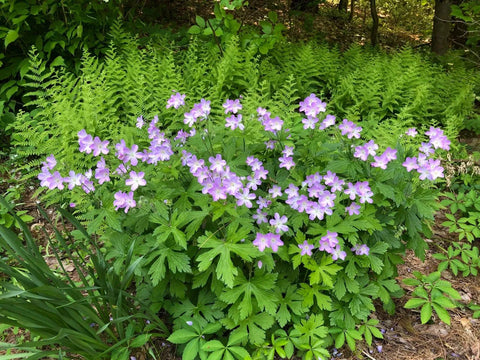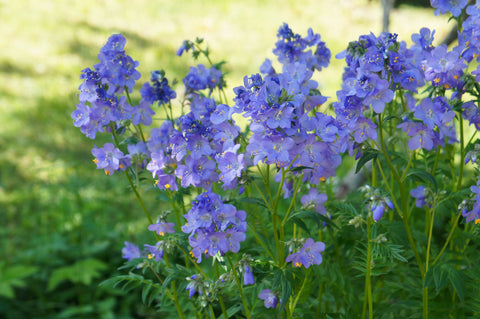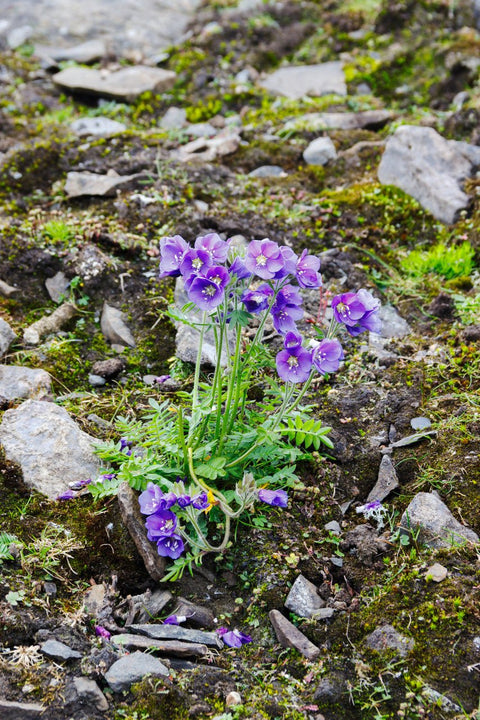10 products
Blue & Purple Flowering Perennials
Blue and purple perennials are popular in gardens and landscapes because they add a calming and soothing touch to the surroundings. They typically bloom in the spring or summer and can have many shapes and sizes. Some blue and purple perennials have small, delicate flowers that form dense clusters, while others have more significant, showier blooms that stand out independently.
Many blue and purple perennials prefer full sun, although some can tolerate partial shade.
They also require well-draining soil to prevent root rot. Some blue and purple perennials are drought-tolerant, making them a good choice for areas with hot, dry summers.
In addition to their beauty, blue and purple perennials can attract pollinators like bees, butterflies, and hummingbirds to your garden. They can also be used in cut flower arrangements or as accents in mixed borders.
Overall, blue and purple perennials are a great addition to any garden, providing color, texture, and interest throughout the growing season.
What are the best blue/purple flowering perennials to buy?
Virginia bluebells are a blue/purple perennial native to eastern North America. They are known for their clusters of bell-shaped flowers that bloom in the early spring, typically in shades of blue or purple, although they can also be pink or white.
Virginia bluebells prefer partial shade to full sun and moist, well-draining soil. They can self-seed, forming large colonies over time. They can also be divided in the fall if you want to propagate or control their spread.
One exciting feature of Virginia bluebells is that their flowers start pink and gradually turn blue or purple as they mature. They attract pollinators, making them an excellent choice for a pollinator garden.
Overall, Virginia bluebells are a lovely addition to any garden, adding a splash of color and texture in the early spring.
Jacob's ladder is a blue/purple perennial native to Europe and Asia and widely cultivated in North America. It is named after the ladder in the biblical story of Jacob's dream.
Jacob's ladder produces clusters of small, bell-shaped flowers ranging from blue to purple. The leaves are compound, with leaflets arranged like ladder rungs, hence the name. The foliage is also a unique feature, often variegated with shades of green, yellow, and cream.
This plant grows best in partial to full shade and moist, well-drained soil. It is relatively easy to grow and can tolerate various growing conditions. Jacob's ladder is a relatively short-lived perennial, but it can self-seed, allowing it to persist in the garden for many years.
Jacob's ladder is a beautiful and unique addition to any garden, adding color, texture, and interest to shady areas. It can also be used in mixed borders or as a ground cover.
Iris cristata is a blue/purple perennial species native to eastern North America. It is commonly known as a crested iris due to the distinctive crests that adorn the petals of its flowers.
The Dwarf Crested Iris produces clusters of small, violet-blue to lavender-purple flowers that bloom in the spring. The flowers are characterized by their crested, or bearded, petals with a fuzzy ridge running down the center. The leaves are narrow and grass-like, forming a dense mat on the ground.
This plant prefers partial shade to full sun and moist, well-drained soil. It is relatively easy to grow and can tolerate various growing conditions. Crested iris is also deer-resistant, making it a good choice for gardens where deer are a problem.
Overall, a crested iris is a beautiful and unique addition to any garden, adding color, texture, and interest to shady areas. It can also be used in rock gardens, woodland gardens, or as a ground cover.


